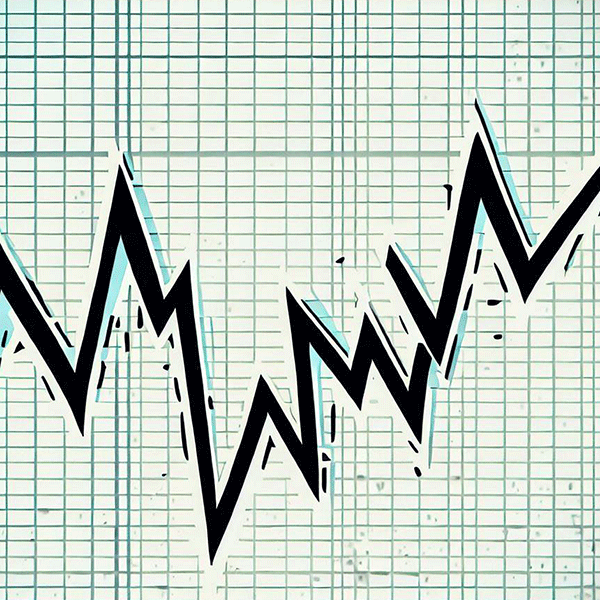What are Seismic Waves?
Have you ever dropped a stone into a pond and watched the ripples spread out across the water? Seismic waves are kind of like those ripples, but they happen inside the Earth!
Seismic waves are waves of energy that move through the Earth’s layers. They’re created when energy stored in the Earth’s crust (the outer layer of the Earth) is suddenly let go. This can happen during earthquakes, volcanic eruptions, or even explosions caused by people.
Different Types of Seismic Waves
There are two main types of seismic waves: Body Waves and Surface Waves.
- Body Waves: These waves travel through the inside of the Earth. They’re faster than surface waves, and they’re the first ones to be picked up by machines called seismographs. Body waves come in two types: P-waves and S-waves.
- P-waves: These are the fastest seismic waves and the first to be recorded by seismographs. They can travel through solids, liquids, and gases. When P-waves move through the ground, they squish and stretch the rocks in the direction they’re moving, just like how sound waves squish and stretch the air.
- S-waves: These are slower than P-waves and are the second type of wave recorded by seismographs. S-waves can only move through solids and are stopped by liquids and gases. They make rocks move side-to-side or up and down.
- Surface Waves: These waves travel along the Earth’s surface. They move more slowly than body waves, but they can cause more damage during an earthquake. Surface waves come in two types: Love waves and Rayleigh waves.
- Love Waves: These waves make the ground move from side-to-side in a horizontal direction, similar to S-waves but with a bigger shake.
- Rayleigh Waves: These waves make the ground move in a rolling motion, causing both up and down and side-to-side movement.
Seismic Waves and Earthquakes
During an earthquake, seismic waves spread out in all directions from the point where the earthquake happened (this point is called the epicenter). Scientists use seismographs to record when the P-waves and S-waves arrive. By comparing these times at different places, they can figure out where the earthquake happened.
Why are Seismic Waves Important?
Seismic waves help scientists study what’s inside the Earth. By looking at how seismic waves change speed and direction, scientists can guess what types of rocks and materials are inside the Earth. This field of study is called seismology.
What Can We Learn From Seismic Waves?
So, seismic waves are more than just signs of earthquakes; they’re like detectives that help scientists explore the hidden depths of our planet. By studying these waves, we can learn more about the Earth’s inside structure and the powerful forces that shape it.
Next time you hear about an earthquake in the news, remember that the seismic waves it creates are not only shaking the ground but also helping scientists solve the mysteries of our planet!
